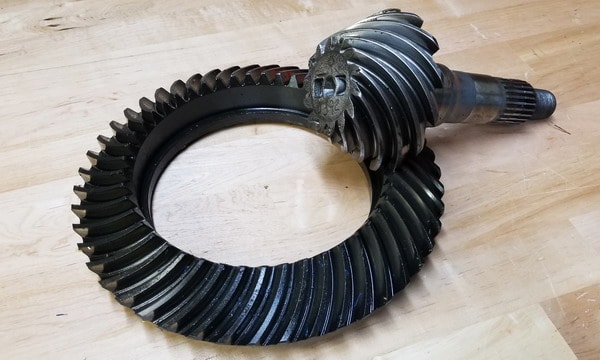Energy harvesting shocks
Last Updated on July 22, 2024 by Mutiara
One of the many ways to recover wasted energy in a vehicle is through the use of a shock absorber that converts compressive energy into electricity. The movement of a standard shock absorber creates heat, which is neutralized by the oil in the shock. Currently in development, two methods exist for recovering lost energy from a vehicle’s suspension system, hydraulically and electromagnetically.
Linear generator
The direct electromagnetic developed by researchers at Tufts University, involves an electromagnetic linear generator. Called the Power-Generating Shock Absorber (PGSA), it uses “magnet arrays, high magnetic permeability spaces, coil winding arrays,” and a linear electric motor to capture the energy of its motion and use it to charge the batteries.
One of the first and most popular areas of utilization will be hybrid vehicles, which can use the regenerative shocks to charge the vehicle’s batteries. However, it’s greatest application could be on trucks due to their higher mass and electricity-generation potential. Electric Truck, LLC has licensed the shock technology, which is predicted to generate between 2kW and 17kW of energy on an average road. According to the men who created it, “the percentage of recoverable power/energy for a 2,500 lb vehicle that employs four optimized design regenerative magnetic shock absorbers and whose average speed is 45 mph on a typical US highway is likely to be between 20% and 70%.”
Hydraulic turbine generator
THe hydraulic approach, developed by a researchers at the Massachusetts Institute of Technology (MIT) harnesses the energy through the use of a hydraulic system that forces fluid through a turbine attached to a generator. A benefit over the previous system is that due to the ability to manage the hydraulic system, the vehicle can be made to drive smoother on the road while harnessing the energy from small bumps at the same time. Estimated figures claim the shocks to offer a 10% increase in fuel economy. Unlike the linear electromagnetic generator approach however, the system would be more complex and have more points of failure.
Zack Anderson explains the idea behind the project started when they were interested in trying to figure out where energy is being wasted in a vehicle. Some hybrid cars already do a good job of recovering the energy from braking, so the team looked elsewhere, and quickly homed in on the suspension. Testing was performed by renting a variety of different car models, outfitting the suspension with sensors to determine the energy potential, and driving around with a laptop computer recording the sensor data. Their tests showed that there was a significant amount of energy lost by the suspension, especially on heavier vehicles Once they realized the possibilities, the students set about building a prototype system to harness the wasted power.
The system is controlled by an active electronic system that optimizes the damping, providing a smoother ride than conventional shocks while generating electricity to recharge the batteries or operate electrical equipment. During testing of a 6-shock truck, the MIT students found each shock absorber is able to generate up to an average of 1 kW on standard road, which is “enough power to completely displace the large alternator load in heavy trucks and military vehicles.” If for some reason the electronics on the shocks fail, the fail-safe feature will have the shocks act simply like a normal shock absorber.
A comapny was formed called Levant Power Corp, to develop and commercialize the product they call GenShock. The team is currently doing a series of tests with their converted Humvee to optimize the system’s efficiency. They hope their technology will help give an edge to the military vehicle company in securing the expected $40 billion contract for the new army vehicle called the Joint Light Tactical Vehicle, or JLTV.



